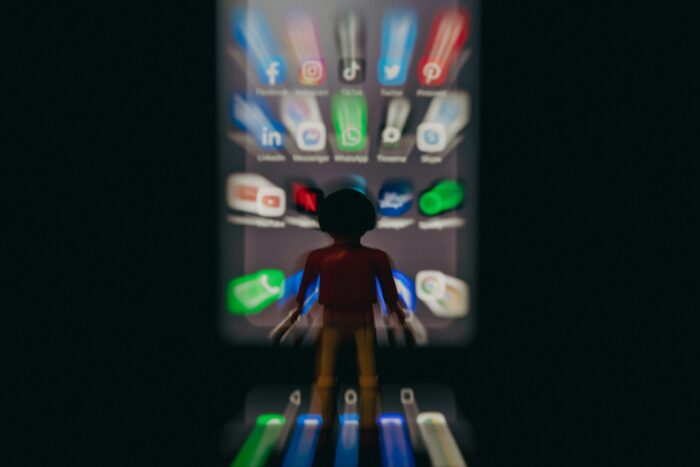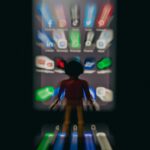Have you ever noticed how hard it is to sit with a book or even a quiet thought without reaching for your phone? For many young people, this challenge is more than occasional distraction. It is becoming a full-blown crisis of attention. One professor has seen this firsthand in her classrooms, where students struggle to finish a chapter of Walden or keep their focus through a 75-minute lecture. Some even admit they have never read a book cover to cover.
Apps like TikTok are designed for maximum engagement, with short videos tailored by hyper-personalized algorithms to keep users scrolling. The result is a cycle of stimulation and depletion. Students report high levels of anxiety, difficulty focusing, and even a sense of disconnection from real-world experiences. Studies have shown that heavy social media use is closely linked with mental health struggles, particularly among young people.

But the issue goes beyond mental health. At its heart, this is about what we lose when we can no longer hold our attention. Literature, conversation, and time in nature provide powerful antidotes to stress, yet they struggle to compete with digital dopamine hits. Without these grounding experiences, the ability to reflect, imagine, and wonder begins to erode. That loss matters not only to individuals but also to society at large, especially in an era of ecological and social crises that demand creativity, cooperation, and resilience.
There is hope, however. In smaller classes that bring students outside and into dialogue with each other and the natural world, moments of real presence still break through. When students pause to notice how the air smells different after rain or hear the layered calls of birds at dusk, they reconnect with their senses.
Tags: attention, education, mental health, social media, studentsCategorised in: Uncategorized
This post was written by Christine Rizk
